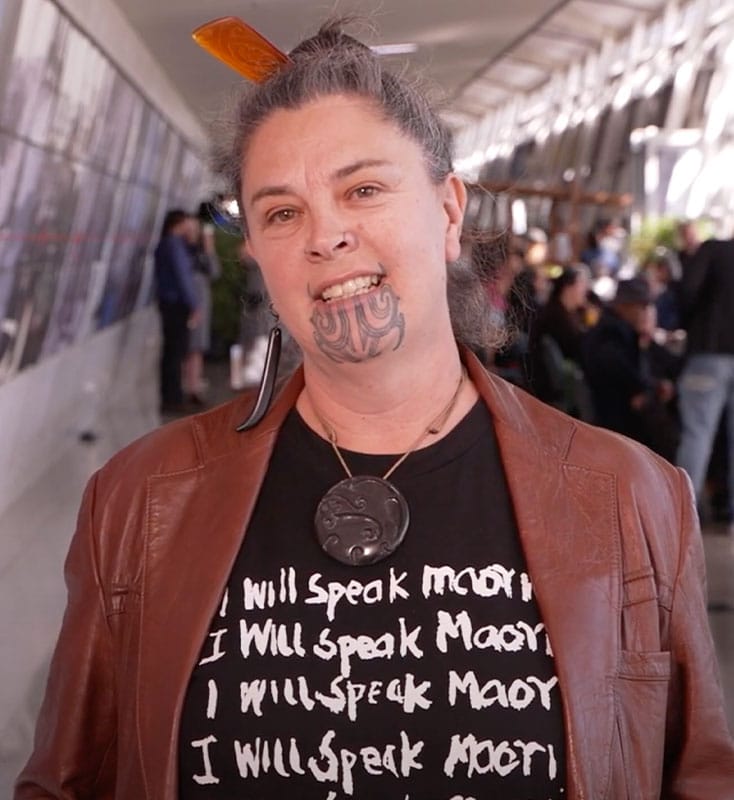Stephenson, J.
Government Land Planning & Design
NZJ Envtl. L., 5, 159-193
2001
Read Publication
Stephenson explores the critical issue of recognising rangatiratanga in the context of resource management for Māori land.
The author argues for the need to develop new arrangements that respect and uphold the principles of rangatiratanga in managing and utilising natural resources on Māori land. The article examines the existing legal and regulatory frameworks governing resource management and highlights their shortcomings in adequately addressing the unique relationship between Māori communities and their ancestral lands. Stephenson outlines how traditional Māori resource management and social organisation were largely disregarded following European settlement and how this disregard continued with the application of planning law to all land by 1953. The article highlights the gradual shift in recognizing Māori needs in district schemes, particularly with the 1977 Town and Country Planning Act, but notes that fundamental issues around decision-making remained unaddressed. Stephenson points out that while international trends and examples, like Canada’s 1995 Federal Policy Statement on Aboriginal self-government, move towards collaborative agreements with indigenous groups, New Zealand still lacks comparable arrangements. The work emphasises the Waitangi Tribunal’s recommendations for the Whanganui River management, suggesting that Māori should have a formal role in decision-making for resources with which they have an ancestral relationship. Stephenson argues for the need to reconcile rangatiratanga with the Crown’s role in resource management, suggesting that Māori land planning could be largely devolved to iwi or hapū. The article also emphasises the necessity of reforming these systems to align with the Treaty of Waitangi and the broader goals of Māori self-determination and stewardship.










